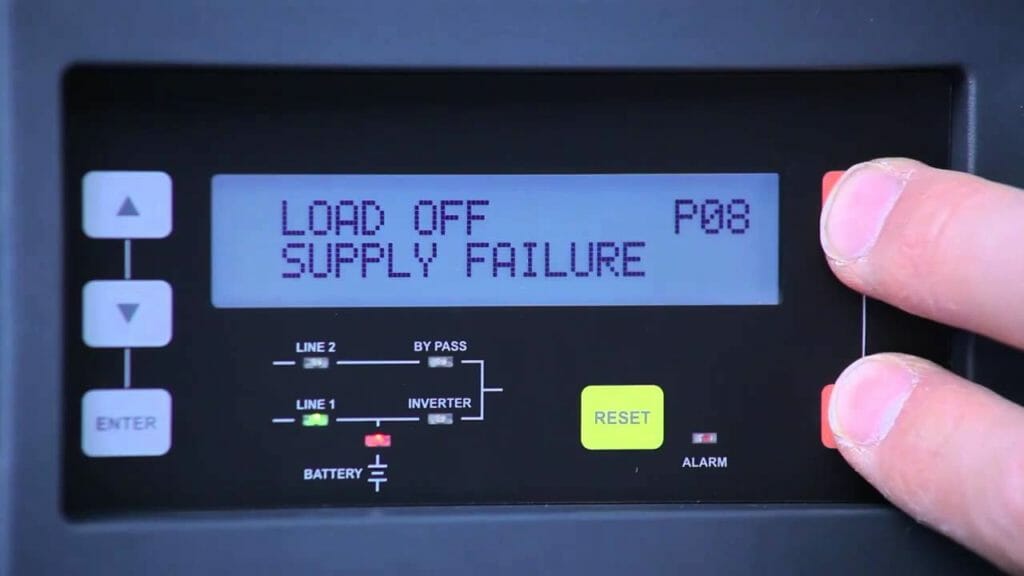
How Long Does a UPS Last?
No one expects a UPS system to last forever, but when your mission-critical equipment must keep running, the question is, “How long does a UPS last?” The answer lies in understanding the lifecycle of a UPS – in particular, its key components.
When are you at most risk for UPS failure? In this case, it is the individual parts of the UPS that provide the answer. You have to know the lifecycle of key components such as batteries, capacitors and other critical components to assess how long your UPS will last.
The Lifecycle of a UPS: Component by Component
Some UPS systems may normally last up to 13 years or more before they need to be replaced. However, its critical components are subject to failure far earlier than the UPS itself.
Below is a timeline of the expected lifecycle requirements for most data center and facility UPS systems. Note how nearly every four years, some component of your UPS is at risk for failure, and likely needs to be replaced.

The lifecycle chart illustrates why most UPS manufacturers recommend having your system tested and inspected by a trained service professional at least twice a year. (Click on chart for enlarged version.)
These tests are important to help you understand how your UPS, batteries and internal components are trending and helps to establish proper metrics for replacement. For example, battery failure can almost always be predicted by routine testing.
Covering Lifecycle Costs
It is important to understand these lifecycle costs before you purchase a system. The initial capital expense of a unit may only represent 30 percent or less of the total life cost of a system.
Properly sizing a unit to maximize efficiency, understanding future load requirements, and ensuring that the system is not straddled with the expense of a manufacturer’s proprietary software are all ways to eliminate wasted resources.
Additionally, there may be resources available in the form of grants or energy credits by increasing energy efficiency in your UPS system.
Like any machine, a little knowledge of the critical parts and regular maintenance may help to extend the lifespan of your UPS, yet for any facility manager, it’s not just about delaying the eventual replacement costs. It’s about ensuring your critical systems stay online.
The question is not how long does a UPS system last, but rather, is the cost of downtime more than the maintenance required to keep your mission-critical UPS systems online and healthy?
Published on Sep 28 2020
Last Updated on Jan 25 2023